Cosmic Catastrophes - The Physics of Destruction
- Mr_Solid.Liquid.Gas
- Oct 29
- 3 min read

The universe builds structure with one hand and tears it down with the other.
Supernovae, gamma‑ray bursts, and black holes are not just spectacles—they are engines that forge elements, reset galactic ecosystems, and sculpt spacetime itself.
Understanding these violent processes is essential to piecing together how galaxies evolve, how planets become chemically rich, and how we can protect our technology—and ourselves—when the cosmos turns harsh.
Supernovae and Element Creation

When massive stars exhaust their nuclear fuel, gravity wins.
Their cores collapse in milliseconds, rebounding in a shock that rips the star apart.
This cataclysm—whether a core‑collapse supernova or a thermonuclear detonation in a white dwarf—drives temperatures and densities high enough to forge elements heavier than iron.
The periodic table’s calcium, nickel, and much of the iron in our blood were cooked in stellar deaths and dispersed into space.

Supernova remnants seed the interstellar medium with metals, dust, and energetic particles.
Their shockwaves compress nearby gas clouds, triggering new rounds of star formation.
In this way, destruction becomes creation: galaxies recycle stellar debris into the next generation of suns and planets.
Gamma‑Ray Bursts: The Universe’s Flashbulbs

Gamma‑ray bursts (GRBs) are the brightest explosions known, releasing more energy in seconds than the Sun will emit in its entire lifetime.
Long‑duration GRBs likely result from the collapse of rapidly rotating massive stars into black holes (collapsars), while short‑duration GRBs are associated with mergers of neutron stars.
In both cases, ultra‑relativistic jets punch through surrounding material and beam intense gamma radiation toward Earth if aligned.
Although rare nearby, GRBs can sterilize regions of space with high‑energy photons and afterglow radiation. For astronomers, they are also lighthouses: their afterglows illuminate the gas between galaxies, offering probes of the early universe’s composition and structure.
Black Holes and Spacetime Warping

Black holes confine matter and light within event horizons, but their influence extends far beyond.
Accretion disks around stellar‑mass and supermassive black holes heat to millions of degrees, launching jets that can stretch for thousands of light‑years.
These outflows regulate star formation by heating and expelling gas from galactic centers—a feedback loop that helps explain why galaxies and their central black holes grow in lockstep.
At the smallest scales, black holes test the limits of physics.
Their extreme gravity curves spacetime so strongly that time dilates and light paths bend dramatically.
Observations of stars orbiting the Milky Way’s central black hole and images of event‑horizon‑scale shadows have turned thought experiments into measurable science.
Protecting Earth from Cosmic Threats

Most cosmic hazards that can affect Earth—solar storms, nearby supernovae, and asteroid impacts—are low‑probability but high‑impact.
Risk management begins with vigilant monitoring: all‑sky surveys for supernova precursors, gamma‑ray observatories, and heliophysics missions that watch the Sun for coronal mass ejections.
On the nearer frontier, planetary defense programs discover and track near‑Earth objects, model impact scenarios, and test kinetic deflection strategies.
Hardening critical infrastructure—power grids, satellites, and communication networks—against radiation events is equally important.
Space weather forecasting, along with redundant systems and graceful‑degradation designs, can turn an existential threat into a manageable outage.
Conclusion

Cosmic catastrophes are not anomalies; they are part of the universe’s operating system.
By studying how stars die, how jets propagate, and how gravity deforms space and time, we learn to read the universe’s most forceful handwriting.
The same physics that terrifies also enriches—seeding planets, shaping galaxies, and providing the energy landscapes that make life possible.
Preparedness on Earth and curiosity in space are two sides of the same survival strategy.
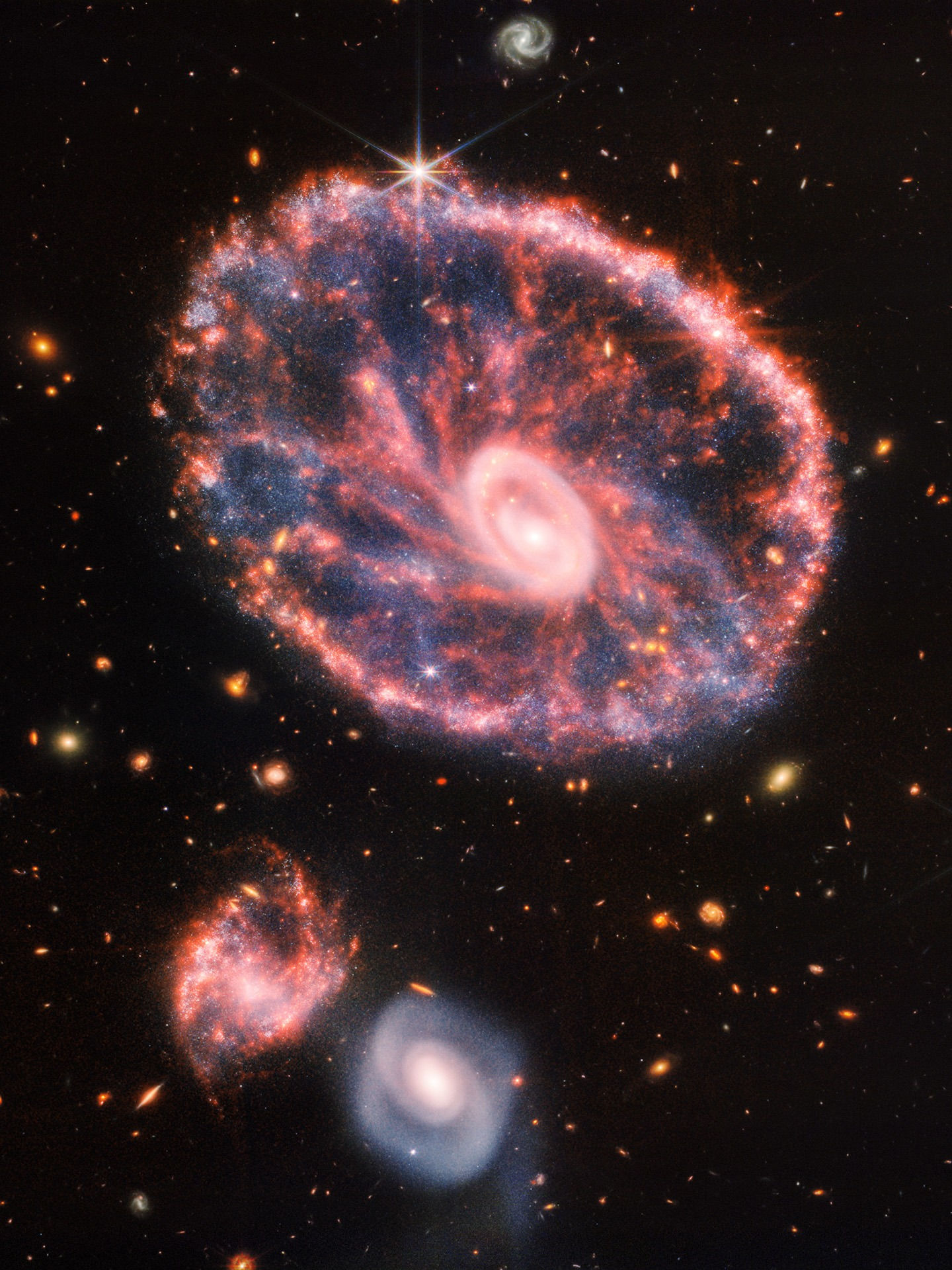

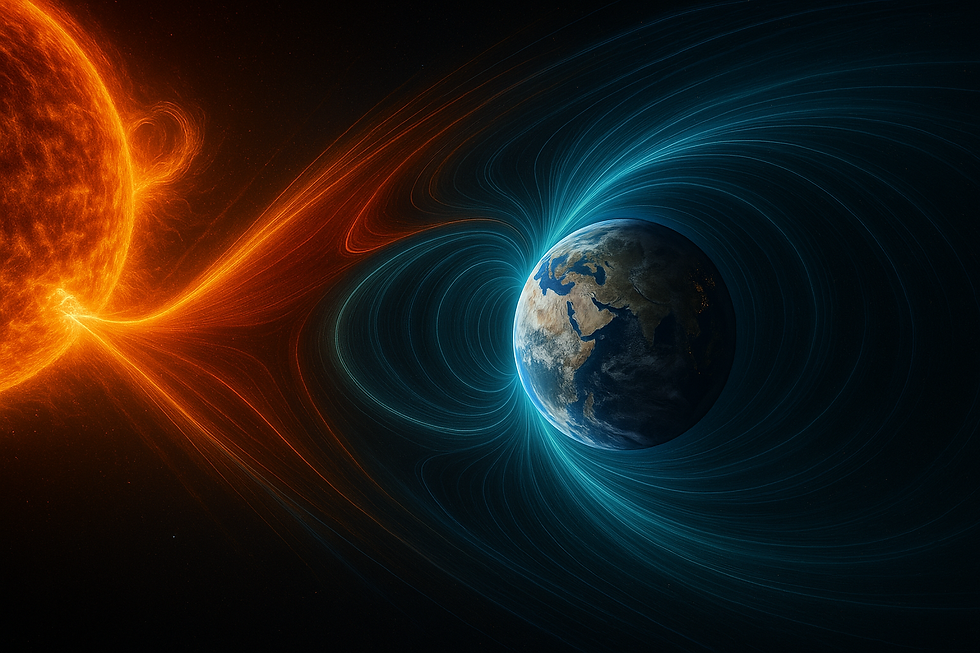






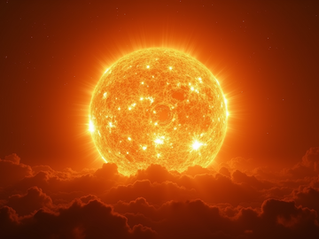



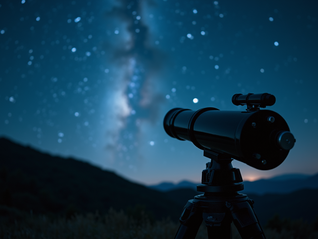















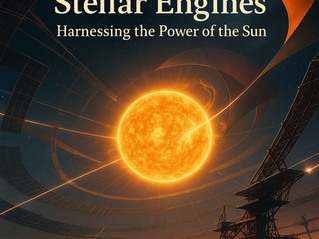














































































Comments